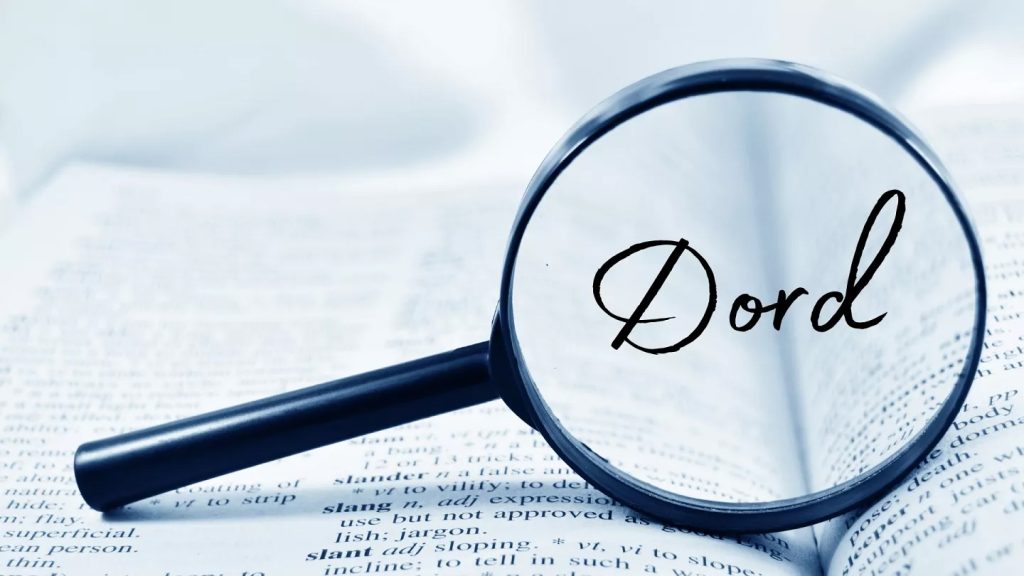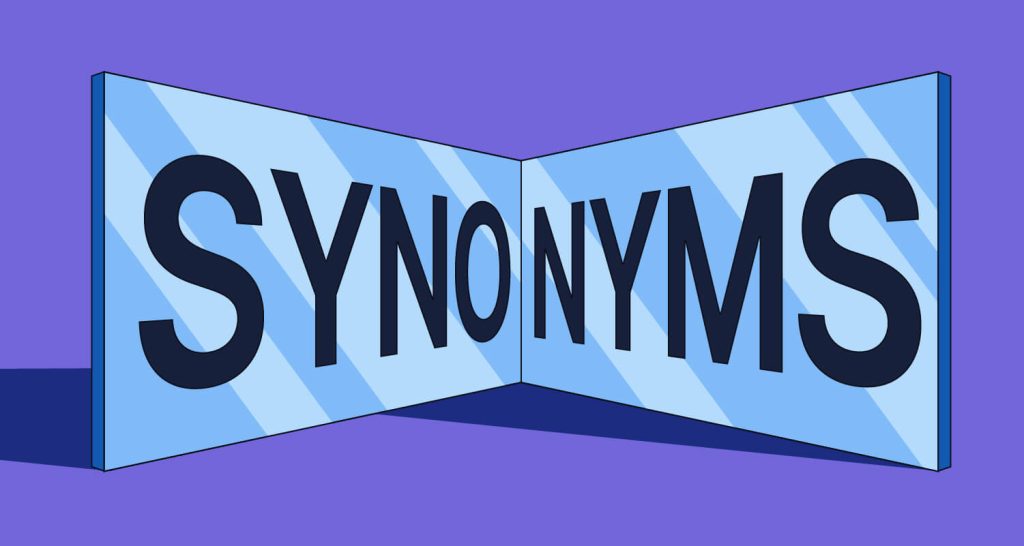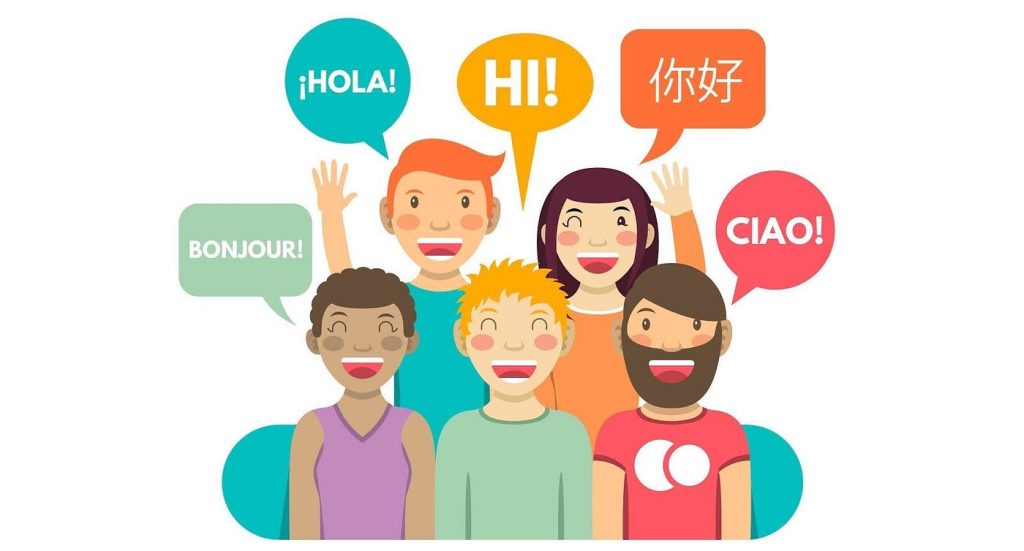Which language has the longest alphabet? What is the most common letter in English? And in Russian? What is a dord?
Languages are not only complex, but also fascinating. Our translation agency has made another collection of interesting facts about languages. Take a look – did you know this?
Which countries have the most languages spoken?

Papua New Guinea is the undisputed leader in language diversity, with over 700 languages spoken across its small territory. Recent figures suggest there might even be up to 841 languages, although 11 of them no longer have living speakers. Interestingly, the country’s constitution doesn’t designate any official language, yet English is used for official documents, often in a simplified form known as “pidgin.”
On the other hand, India holds the record for the most official languages, with 17, followed by South Africa with 11. Surprisingly, the United States has no official national language, and while English is the official language in 28 states, in Illinois, the official language is legally defined as “American.”
By the way, in the USSR, which united a huge territory and many different peoples, only 120 languages were used.
Which alphabet is the smallest and which is the largest?

The alphabet of the people on Bougainville Island in Papua New Guinea is the shortest in the world. The Rotokas language, spoken by the island’s inhabitants, uses an alphabet with only 12 letters: a, e, g, i, k, o, p, r, s, t, u, v. This makes it the alphabet with the fewest letters and the smallest number of consonants among modern alphabets. Linguists classify Rotokas as part of the Papuan language group, and it’s spoken by just over 4,000 people. Interestingly, a partial translation of the Bible into Rotokas was done in 1969, and the full New Testament was published in this language in 1982.
Until the early 1990s, the Ubykh language existed with an alphabet of 91 letters, but it is now considered extinct.
The Khmer language has the largest alphabet, with 74 letters (though two consonants are now obsolete). Khmer is spoken in the Kingdom of Cambodia by around 16 million people. However, if you count all the characters, including those with diacritical marks, a Khmer language textbook for Khmer students lists 104 letters.
How many sign languages are there?

Sign language is a distinct and unique system, vastly different from spoken languages, with its own vocabulary and grammar. Sign languages used by deaf communities are fully developed languages, with emotional expression and functional richness that rival verbal communication.
In most countries, sign languages have official recognition. For example, there’s British Sign Language (BSL), American Sign Language (ASL), Australian Sign Language, French Sign Language, and more—121 sign languages worldwide.
To help deaf people from different countries communicate, an international sign system called Gestuno (International Sign Language, IS) was created, drawing from various sign languages, though it heavily features ASL while Asian, African, and South American sign languages are largely excluded. Gestuno is used both informally and in official settings, like the Deaflympics (sporting events for those with hearing impairments).
Sign languages develop independently from spoken languages. For instance, British English and American English might sound similar, but British Sign Language (BSL) and American Sign Language (ASL) are entirely different. Similarly, Austrian and German Sign Languages are distinct, unlike their spoken counterparts.
The Phantom Word “Dord” in English Dictionaries

The word “Dord” is a curious example of how even respected dictionaries can contain errors, with words that shouldn’t actually exist ending up in them. While you won’t find “Dord” in modern English dictionaries, it did appear in Merriam-Webster dictionaries during the 1930s.
The story started in 1939 when an editor of Webster’s New International Dictionary found the word “Dord” in the second edition from 1934. It was defined as a synonym for “density,” used by physicists and chemists. However, when the editor looked into its origins, he discovered that “Dord” wasn’t a real word. Despite realizing the mistake, “Dord” continued to appear in dictionaries until 1947, when it finally gained attention in the lexicographical community.
But how did “Dord” get into the dictionary in the first place? In 1931, a note was sent to the dictionary’s editorial team with the instruction “D or d, cont./density.” This was meant to include “density” as an abbreviation under the letter “D.” However, due to the spacing on the form, “D or d” was misread as the single word “Dord,” and it was mistakenly added to the dictionary.
“Dord” is indeed a “ghost word”—a word that never truly existed but found its way into official records. Despite its brief life in the dictionary, “Dord” remains an interesting linguistic anomaly.
The word “synonym” doesn’t have a synonym

It is believed that it does. However, this is a very debatable fact. At least, because there is a word “analog”, as well as different words that can be synonyms of “synonym” depending on the context.
In our opinion, the word “synonym” does have synonyms, though they are not exact one-to-one replacements. Some alternatives include:
- Equivalent
- Alternative
- Substitute
- Metonym
These words can sometimes be used in place of “synonym,” but their meanings may vary slightly depending on the context. None of them capture the precise linguistic relationship that “synonym” does.
Which language has the most native speakers?

It’s clear that the most widely spoken language by the number of native speakers is Chinese—specifically, Mandarin. Mandarin is the largest of the Chinese dialects, encompassing closely related dialects spoken across much of northern and western China. At least 918 million people speak Mandarin.
Spanish comes in second, with nearly half a billion speakers worldwide.
The most needed letter

The most popular and frequently used letter in the English alphabet is “E,” with a usage frequency of 12.7%. The rarest letter is “Z,” appearing only 0.05% of the time.
English author Ernest Vincent Wright took on a unique challenge: he wrote a 50,000-word novel without using the letter “E” even once. The book, titled Gadsby (not to be confused with The Great Gatsby), is an impressive feat. In the introduction, Wright explains how he managed this, noting the difficulty of avoiding common words like “he,” “she,” “the,” and past-tense verbs ending in “ed.”
In the Russian language, the most frequently used letters are: “O,” followed by “E,” then “I,” and “A.” After that, the most common consonants are “N,” “T,” “S,” and “R,” among others.
This fact was well-known to typesetters back in the day, as they could tell from experience which letters were used most often when setting type.
Who speaks the fastest?

Speech speed is measured in syllables spoken per second or minute. The fastest language in the study was not French, as previously thought, but Japanese. The Japanese speak at an incredible rate of 7.84 syllables per second.
The opposite of Japanese in this sense are Chinese and German. Chinese is spoken at 5.18 syllables per second and German at 5.97.
We’re sure you know some interesting facts about languages too. Share them in the comments and subscribe to us. And if you need translation into Japanese, German or even Abkhazian, we will be happy to help!


Leave a Reply